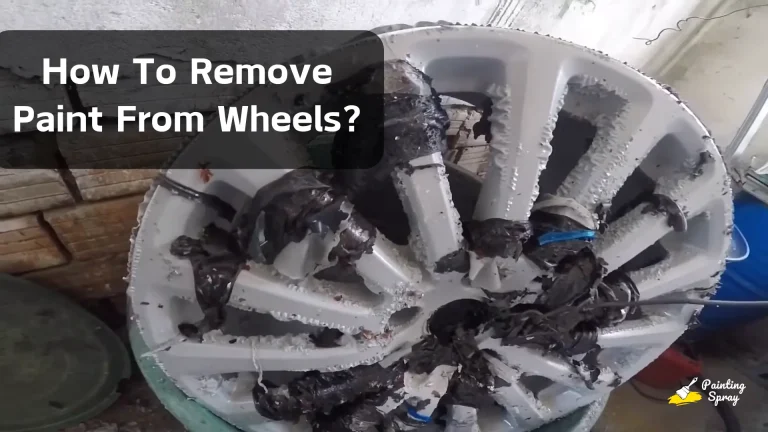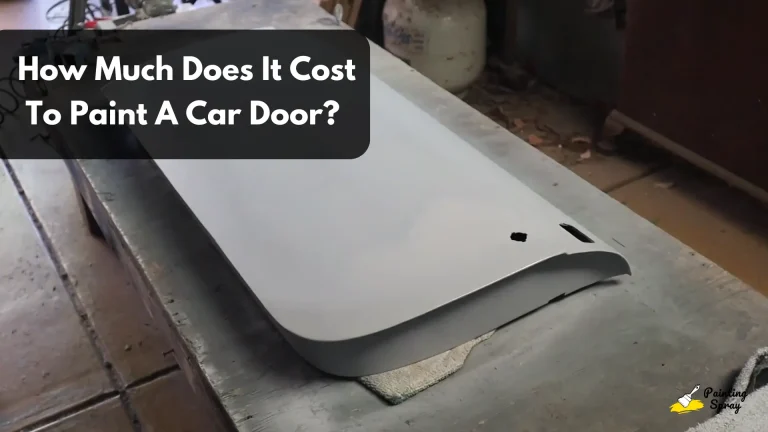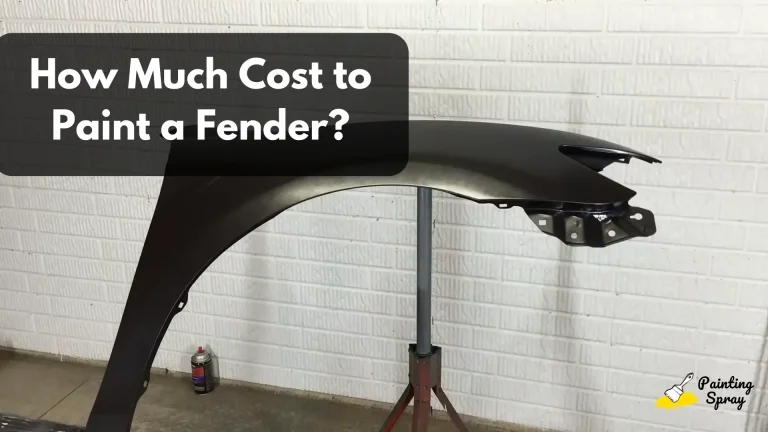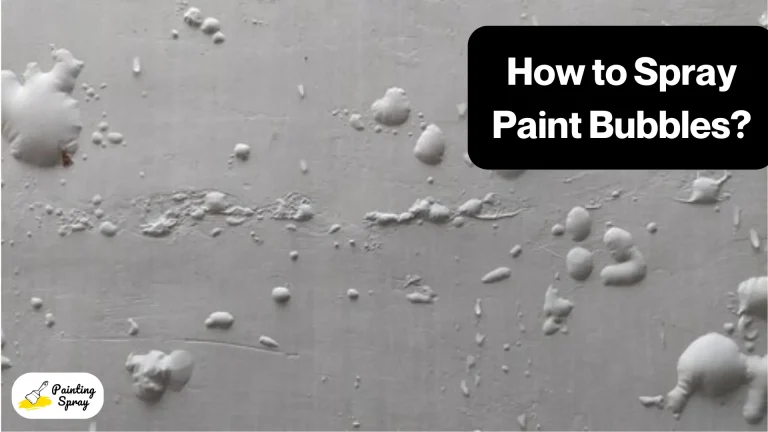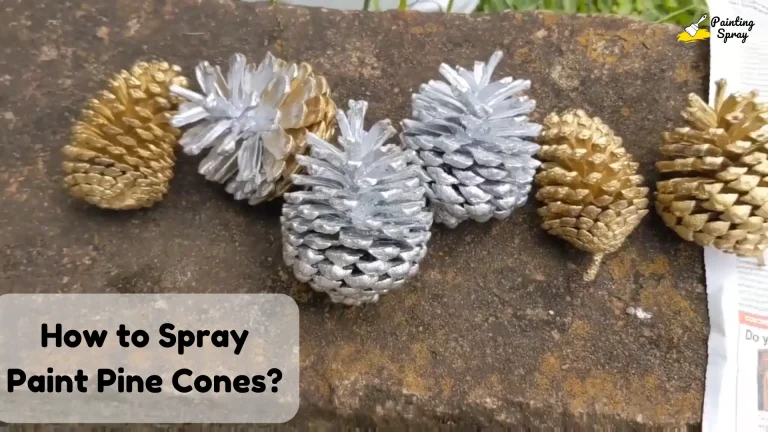How to Paint Spray Foam Insulation: A Step-by-Step Guide for a Professional Finish

Painting spray foam insulation can enhance its appearance and protect it from damage. To paint spray foam insulation effectively, you need to choose the right type of paint and ensure proper surface preparation.
By following the right steps, you can achieve a professional finish that lasts.
Before you start, it’s important to clean and prepare the surface. Using the right primer and paint specifically designed for foam will help the paint adhere well and resist wear.
With the right techniques, painting your spray foam insulation can be a straightforward process that improves both the look and functionality of your space.
If you’re ready to transform your spray foam insulation, keep reading for essential tips and techniques. You will learn how to prepare surfaces, select the best materials, and apply paint for a durable finish that meets your needs.
Key Takeaways
- Proper surface preparation is crucial for a good paint job.
- Use foam-specific primers and paints for the best results.
- Employ effective painting techniques for a smooth finish.
Preparing the Surface
Preparing the surface of spray foam insulation is essential for achieving good paint adhesion and a smooth finish. Proper preparation involves sanding and cleaning, ensuring the surface is ready for paint.
Sanding for Smoothness
To begin, you should sand the spray foam insulation. Use fine-grit sandpaper (around 120-220 grit) to avoid damaging the foam. Begin sanding lightly, focusing on high spots and imperfections. This step helps create a smoother surface, which is important for paint adherence.
When sanding, be sure to wear a mask and goggles. Foam dust can irritate your lungs and eyes.
After sanding, wipe down the surface with a damp cloth to remove any dust or debris. This simple step is crucial for achieving an even finish.
Cleaning and Drying
Once you’ve sanded the surface, it’s important to clean it thoroughly. Use a mild detergent mixed with water and a soft sponge. Gently scrub the surface to remove any oil or grease.
After cleaning, rinse the surface with clean water to remove any soap residue. Allow the foam to dry completely before applying primer or paint.
This step is critical as moisture can affect paint adhesion and lead to peeling or bubbling later on.
Remember, taking the time to properly prepare the surface will make your painting project more successful.
Choosing the Right Paint
Selecting the right paint for spray foam insulation is crucial for both appearance and durability. Your choice affects how well the paint adheres and protects the foam. Here are important considerations for selecting the best paint.
Latex Versus Oil-Based
When it comes to spray foam insulation, water-based paints, especially latex and acrylic paints, are often the best options.
They bond well with foam and are easy to apply. Latex paint is flexible and expands with the foam, preventing cracking.
In contrast, oil-based paints may not adhere effectively to spray foam. They can also lead to peeling or flaking over time. Choose latex or acrylic paints for a safer and more reliable finish that stands up to wear.
Understanding Primers
Using a primer can improve the final finish of your paint job. Primers designed for foam insulation promote better paint adhesion. They can also help seal the surface, which prevents moisture damage.
Look for primer options that are foam-safe and compatible with your chosen paint. Make sure to apply the primer as directed for the best results. This step can add extra protection, especially in areas exposed to UV light.
Factors Affecting Paint Choice
Several factors come into play when choosing paint for spray foam insulation. Consider the area’s exposure to sunlight. For outdoor or sunny locations, select UV-resistant paints to protect the foam.
Also, think about the foam’s age and condition. Older foam may need a specific type of primer or paint to bond effectively.
Ensure that whatever paint you choose works well with the foam and meets your protective needs. Inspect the ingredients and labels before purchasing to find the best fit for your project.
Painting Techniques and Tips
Painting spray foam insulation requires careful techniques for the best results. Focusing on applying thin coats and using a paint sprayer will help achieve an even and smooth finish.
Applying Thin Coats
When painting spraying foam insulation, start by applying thin coats of paint. Thin coats help prevent drips and ensure the surface dries evenly. Aim for a coverage of about 1/16 inch per layer.
- Preparation: Lightly sand the foam surface with fine-grit sandpaper. This step enhances paint adhesion.
- Cleaning: Wipe away any dust or debris after sanding to ensure a smooth surface.
- Application: Use a brush or roller to apply the paint. Work in small sections. Wait for each coat to dry fully before adding another. This usually takes about 1-2 hours depending on temperature and humidity.
Using a Paint Sprayer
A paint sprayer can offer a smooth, professional finish on spray foam insulation. This method allows for even coverage over larger areas.
- Choose Your Sprayer: A HVLP sprayer is ideal for this task, as it provides more control and less overspray.
- Technique: Hold the sprayer 8-12 inches from the surface. Use even strokes with proper overlap to avoid color patches.
- Layering: Apply several thin layers rather than one thick layer. Wait for 30 minutes between each coat for best results. Adjust the spray pattern according to the area you are painting to ensure uniform coverage.
By following these techniques, you can achieve a high-quality finish on your spray foam insulation.
Protection and Maintenance
Protecting and maintaining your painted spray foam insulation is important for ensuring its durability and aesthetics.
Proper care not only keeps your insulation looking good but also helps to maintain its effectiveness and energy efficiency.
Maximizing Durability
To enhance the durability of your painted spray foam insulation, consider using protective coatings.
These coatings can help shield the foam from wear and tear. Select a paint that offers fire resistance and is specifically designed for foam surfaces.
Before painting, make sure to seal any gaps or cracks in the foam. This will prevent air leaks, which can lower the insulation’s R-value and reduce your home’s energy efficiency.
Regular inspections can also help you spot potential issues early, keeping your insulation in top shape.
Long-Term Aesthetics
Maintaining the aesthetics of your painted spray foam involves regular cleaning and touch-ups. Use a gentle cleaner and a damp cloth to remove dust and dirt. Avoid harsh chemicals that might damage the paint or foam.
If the paint starts to peel or fade, consider a fresh coat. Choose high-quality exterior paint that matches your home’s style and can withstand exposure to the elements.
This will not only keep your insulation looking fresh but also ensure it continues to function well in your home insulation system. Regular maintenance will help you enjoy the benefits of that attractive appearance and effective insulation for years to come.
Frequently Asked Questions
When considering painting spray foam insulation, you may have several important questions. This section addresses common concerns regarding paint types, application processes, and specific requirements for a successful finish.


